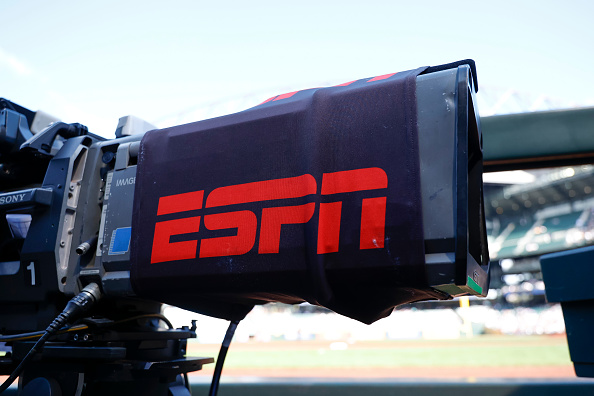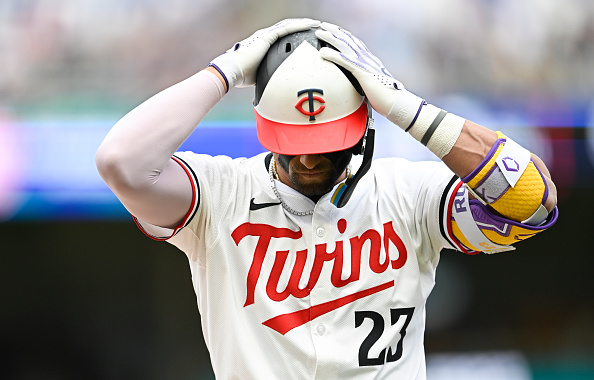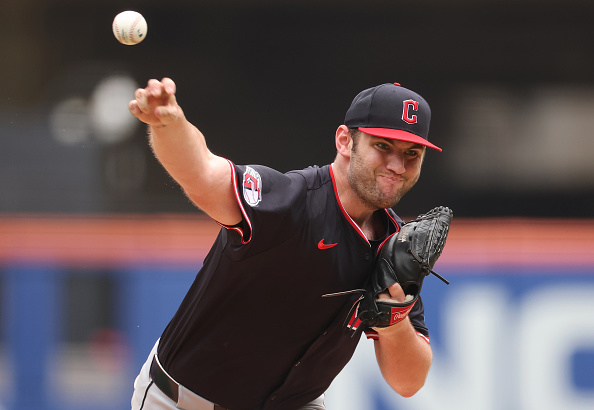MLB’s ratings continue to surge. The league has seen double-digit increases in viewing across all platforms, including free over-the-air (OTA) TV, paid satellite/cable, and paid streaming TV. Another surprise has been a rise in local radio listenership—also free—including both pre- and post-game shows.
Rule Changes Lead the Way
The recent rule changes over the past few seasons have made the game more enjoyable and entertaining to many viewers. These include wider bases, the elimination of the shift, and a pitch clock. Games are shorter because of the new rules. The throwing over to a base and several others have eliminated 36 minutes from the average game time. In 2024, the average game time was 2 hours and 36 minutes, the lowest since 1984. This is a substantial drop from the 3-hour and 10-minute average in 2021. So far, in 2025, the average time is 2 hours and 39 minutes. The mixture of these changes has created positive feedback from fans. Many are more interested in the game now than they have been in the past 30 years.
New Stars Contribute
You can also factor in the new stars of the game. Reigning MVPs Aaron Judge and Shohei Ohtani excite fans with their style of play and their home run power. Other fan-favorites include Pete Crow-Armstrong, Corbin Carroll, Cal Raleigh, Paul Skenes, Tarik Skubal, Fernando Tatis Jr., and Bobby Witt Jr. There are also some young and upcoming stars who appeal to fans of all ages.
Big Networks
MLB’s ratings continue to surge with the three major networks (ESPN, Fox, and TBS) experiencing an increase in viewership. Even the league’s own MLB.TV and MLB Network have seen substantial increases. Viewership of the Tuesday night broadcasts on TBS is up over 16 percent this year. The demographic leading to that increase in viewership is 18-to-34-year-olds. The OTA network Fox TV has seen a 10 percent jump over last year’s numbers, including a large viewing of the Boston Red Sox and New York Yankees rivalry. Even ESPN, which announced in February that it would end its partnership with Major League Baseball in 2026, has seen an increase in viewership of 22 percent.
Streaming Viewership
MLB.TV streaming viewership has increased by 27 percent over the same period in 2024—and last season was the most-watched streaming season ever. Even streaming for local teams has increased this year. The Detroit Tigers, for instance, have experienced a notable increase in streaming views this season. With the team leading the AL Central, winning is one thing driving those numbers. They are also seeing a boost in local TV ratings, with an 82 percent increase compared to the previous season, according to the Sports Business Journal.
Another factor contributing to the local numbers’ ratings increase is the number of subscription options available. The streaming platform offers monthly and yearly plans. There are also team-specific streaming options available at reduced pricing, appealing to viewers who prefer not to pay for every-game coverage.
Roku and Apple TV
Roku TV secured the exclusive rights to stream one MLB game per week for free in 2024. So far this season, MLB has seen an increase in its Sunday Leadoff games. Furthermore, Roku provided a dedicated MLB Zone, which features highlights and recaps. It also helps fans find live and upcoming games. The MLB Zone, available for free via a Roku device or TV, has experienced double-digit growth. Even Apple TV, which requires a paid subscription, has seen an increase in 2025 for its Friday night games.
Radio Ratings
MLB’s ratings continue to surge, and radio remains a widespread way for fans to follow their favorite teams. It has proven itself to be a still popular medium this season. With some teams still dealing with local TV blackouts, fans unable or unwilling to afford the cost of subscription services to watch games are turning to radio. Many teams report ratings are up on their flagship stations. Another noted reason for the rise is increased fan engagement. Many teams offer postgame call-in shows to discuss the game, which has become popular with fans. The stations have seen greater involvement in both their pre- and post-game shows.
Another factor influencing the rise in radio listenership is earlier start times. Most teams now offer a 6:30 p.m. or 6:40 p.m. start, as opposed to 7:00 p.m. or 7:10 p.m., and are catching people in their cars driving home from work or errands.
Can it Continue?
The quick answer is yes, if MLB doesn’t become complacent with its current popularity. It needs to continue to evolve to keep pace with the changing media landscape. A bidding battle for Sunday night baseball will soon be at the forefront, the outcome of which MLB must consider for its continued growth. The league needs to continue engaging fans, especially the younger demographic, across all media to ensure continued growth. Suppose MLB can capitalize on today’s popularity to maintain its relevance. In that case, it should be able to solidify and position itself as a strength in the sports and entertainment industry in the years to come.
Main Image Credit:







